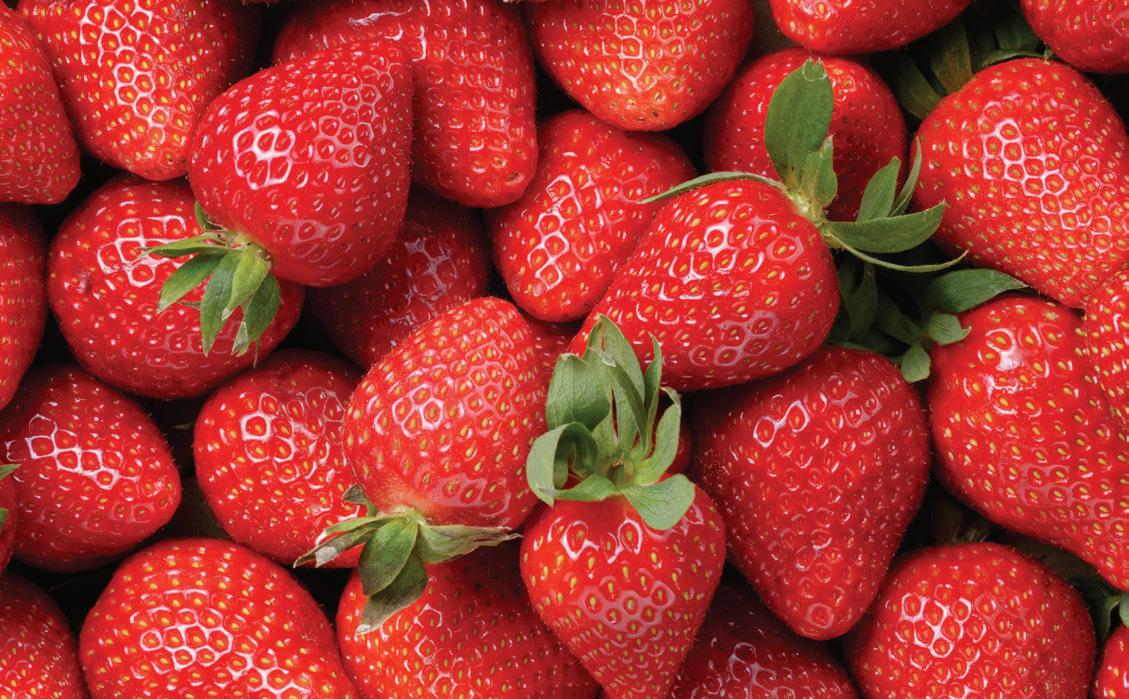
2 minute read
Kitchen Herbs for Food & First Aid
Year-round, a culinary and medicinal garden can be as close as your windowsill—the perfect light-filled ledge to put fragrance, flavours, and first aid at your fingertips. Try your green thumb with these easy-to-grow favourites.
N o _ 1 TIP
Don’t forget to use the flowers of herbs—like bright pink chive blossoms—for a splash of colour in your raw salads.
BASIL CHAMOMILE
Popular basil is packed with beneficial antibacterial, antiinflammatory, and antimicrobial herb properties, antioxidants, and vitamins.
Whether green, purple, smallor large-leaved, Italian or Thai, plant basil in regularly fed, well-drained soil in a sunny window. Keep it moist and snip just above a leaf node to encourage branching. A physic gardens staple, chamomile is known for its soothing, anti-inflammatory properties—for skin issues, upset stomachs, to aid sleep, and ease menstrual pain.
Dry the leaves to make a delicious tea or to splash on your face for a soothing toner.
Grow Roman chamomile in sandy soil, in a southfacing window, and water once a week.
CHIVES MINT
Chop raw chives into egg, fish, and potato dishes, salads, and soups for a pop of oniony flavour.
This member of the allium family offers the same detoxifying, anti-bacterial benefits as garlic to ease digestion, lower cholesterol, and boost immunity.
Grow in a sunny window, mist frequently, and water when the top of the soil feels dry. Chop mint into hot, steamed potatoes or into yogurt for a refreshing dip, brew a refreshing hot or cold tea—lovely with a drizzle of honey, or muddle into a mojito or mint julep.
Mint’s cooling, anti-microbial properties sooth digestive upsets, headaches, and stuffy noses. Chew raw for a natural breath freshener.
Keep this invasive plant in its own pot of moist sandy soil, in an east-facing window in summer, and south-facing in winter. A clipping also thrives in a glass of water.
PARSLEY
Curly or flat-leaved parsley balances flavours in any cooked or raw dish and makes a gorgeous garnish.
Slightly bitter, it aids digestion, freshens your breath—especially after eating garlic, and is a great source of vitamins A and C.
Start from seed in a deep pot to accommodate its long tap root, and keep it moist and misted in a sunny window. Harvest full stalks from the outside of the plant.
CILANTRO
Also known as Chinese parsley, cilantro leaves and stems are wonderful in any spicy dish.
Just a quarter cup of antiinflammatory cilantro contains five percent of the daily requirement for vitamin A.
Place in a sunny window, in a terracotta pot of sandy soil. Keep moist and snip full stalks from the outside.
N o _ 2 TIP
Rotate the pot every day to keep the plant growing straight. Don’t let excess water sit in the saucer.
Sources: theherbexchange.com/25-best-herbs-to-grow-in-your-kitchen-garden/ www.medicalnewstoday.com www.organicfacts.net/health-benefits/herbs-and-spices/thyme.html www.gardenknowhow.com
Feed with organic fertilizer every month.
THYME
Infuse thyme’s fragrance into egg, vegetable, bean, lamb, and poultry dishes. Don’t forget to add a sprig or two to your stock pot.
Active ingredient thymol supports the immune system with anti-inflammatory, anti-fungal, and anti-viral properties, and clears congestion. When stressed, bruise leaves and breathe deeply to feel calmer.
Grow thyme in a terracotta pot full of well-drained, sandy soil, in a sunny window. Allow to dry out completely between waterings. Cut back regularly to encourage thicker growth, especially after blooming.











